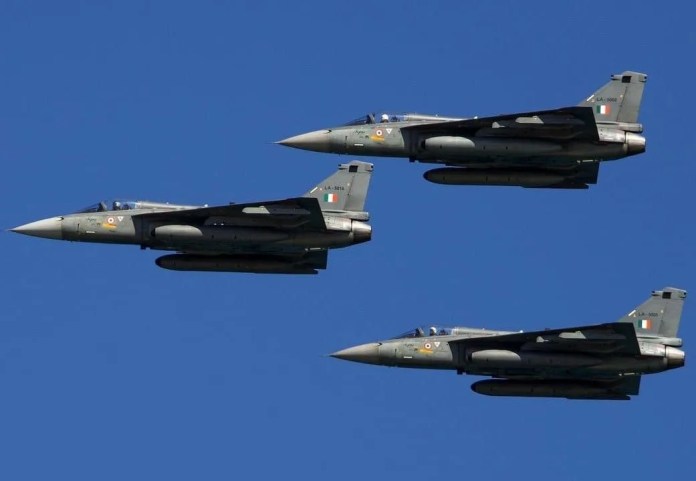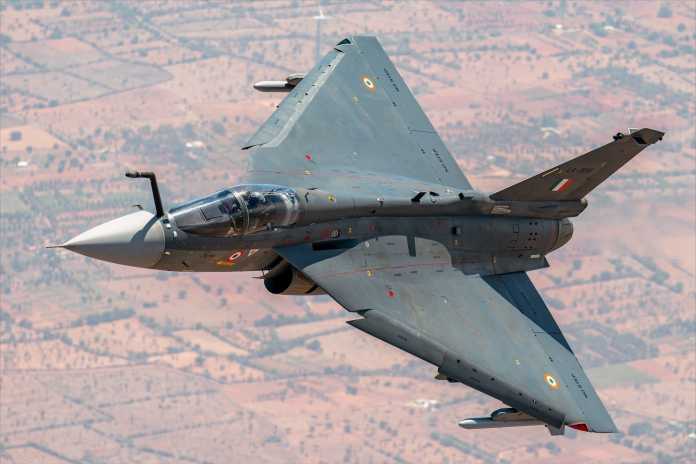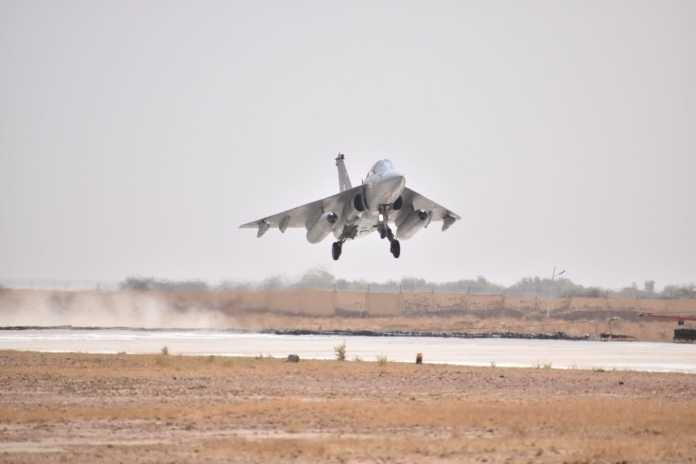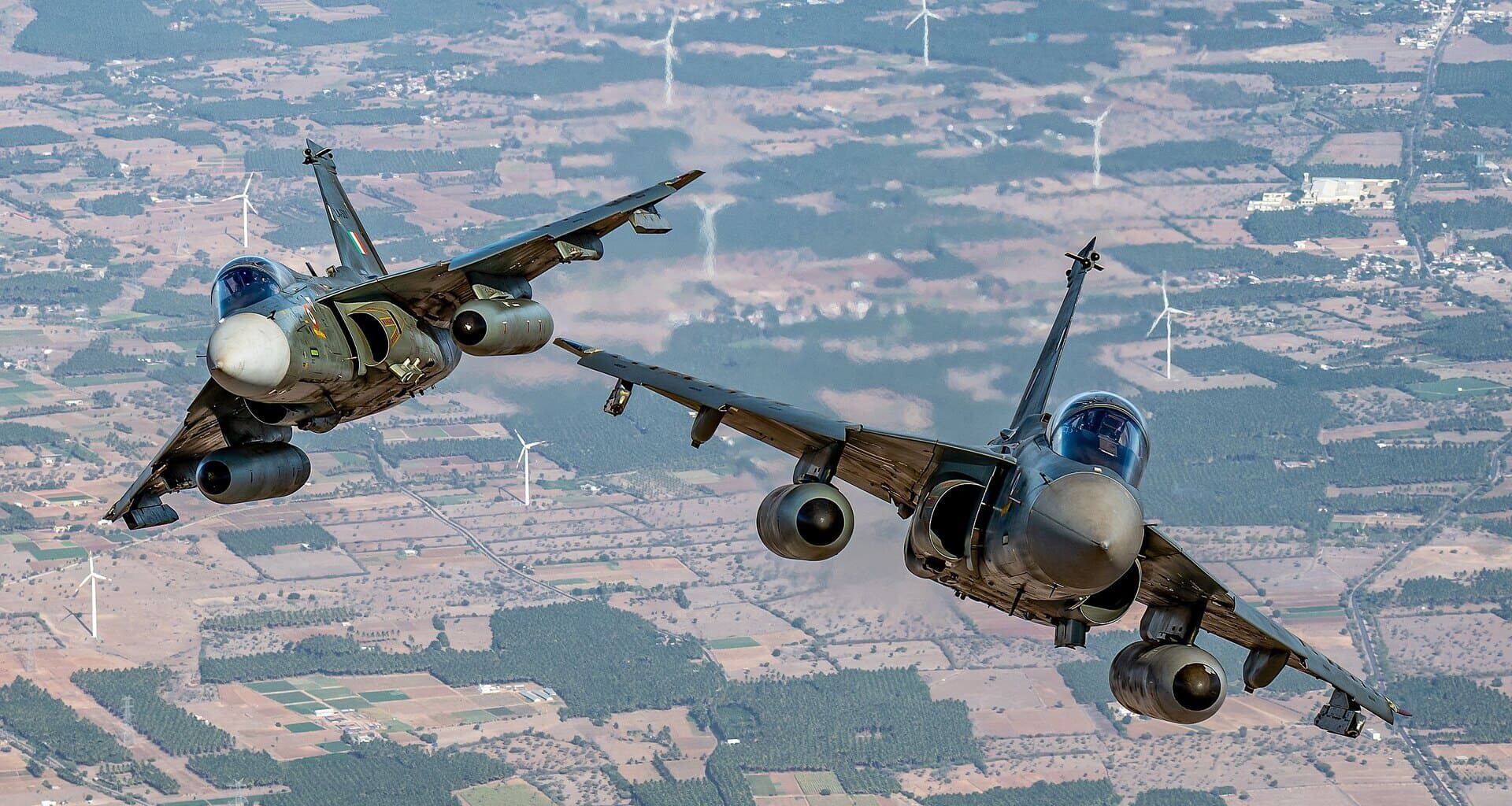The government of Denmark has decided to lift the ban that had been in place since 2023 on the export to India of a component considered critical for the LCA Tejas Mk1A light fighter program: the engine load amplifier. The measure came after diplomatic efforts by New Delhi and will allow the supply chain for Hindustan Aeronautics Limited (HAL), the company in charge of manufacturing the aircraft, to resume.
The component in question, manufactured by a Danish company, is an advanced electronic device that is part of the GE F404-IN20 engine of the Tejas Mk1A, responsible for processing vibration signals and ensuring the performance and diagnostics of the powerplant under different operating conditions. Its inclusion on the dual-use goods list had caused delays in the deliveries scheduled for the Indian Air Force (IAF).

A defense official quoted by ThePrint stated: “The load amplifier was the critical piece we could not mention earlier due to its sensitivity. Denmark’s ban was a heavy blow, but its decision to resume supply after India’s efforts has helped us get back on track.” According to reports, the first shipments will resume in mid-2025, allowing HAL to maintain its production schedule of between 16 and 18 aircraft annually from the end of that same year.
The Danish decision comes in parallel with India’s efforts to reduce its dependence on foreign sources. HAL is working on the indigenization of the amplifier through a Bengaluru-based company, with the aim of avoiding future disruptions.

The lifting of the ban takes place in the context of strategic cooperation between India and Denmark, while the Asian country seeks to consolidate itself as a defense manufacturing hub. The resolution of the conflict is also seen as a relief for the IAF’s plans to meet the goal of incorporating 83 Tejas Mk1A aircraft by 2029.
Meanwhile, India is moving forward with other modernization projects. In April, the government approved the purchase of 97 new LCA Tejas Mk1A fighters, for an estimated amount of 62 billion rupees, which will be added to the previous order of 83 units. In total, the IAF will have 180 aircraft of this model, intended to gradually replace the MiG-21 after more than six decades of service.
The new aircraft, with 65% locally manufactured components, incorporate improvements in avionics and radar, strengthening the Made in India program and HAL as its main executor. At the same time, New Delhi approved the modernization of up to 84 Su-30MKI fighters and maintains its interest in acquiring French Rafale aircraft, in addition to promoting the development of the fifth-generation AMCA fighter.

As for the engines, HAL recently confirmed the receipt of a second F404 powerplant manufactured in the United States, as part of a batch of 99 units agreed upon in 2021. The company expects to complete the delivery of a dozen engines before the end of the current fiscal year, which will allow the production of the Tejas Mk1A to be sustained.
With these decisions, the Indian Air Force projects a gradual recovery of its number of squadrons, which currently stands at 29, compared to the more than 40 it considers necessary for its strategic requirements.
*Images for illustrative purposes only
You may also like: India negotiates with Russia the purchase of additional S-400 air defense systems to equip its Armed Forces
